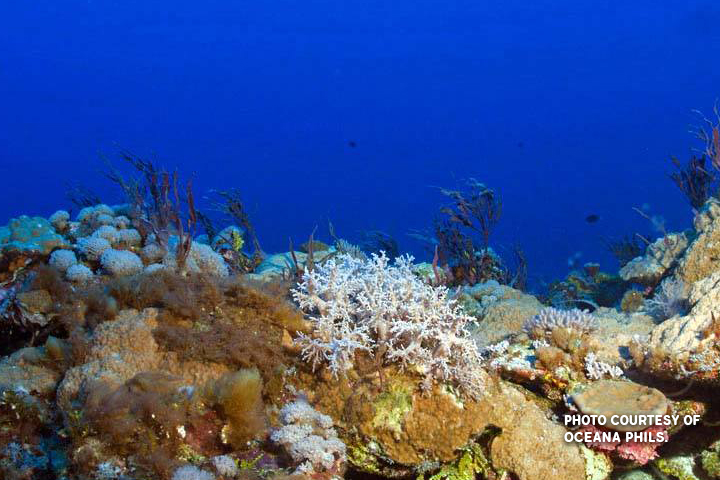
National Mapping and Resource Information Authority (NAMRIA) through its official said that they requested the Department of Foreign Affairs (DFA) to nullify China’s move of naming five undersea features in the Philippine Rise formerly known as Benham Rise.
“We have asked the DFA to request the SCUFN (Sub-Committee on Undersea Feature Names) for the nullification of the decision,” Captain Herbert Catapang, NAMRIA hydrography branch assistant director said during the hearing of the Senate committee on Science and Technology on February 26, headed by Senator Paolo Benigno “Bam” Aquino IV.
He said that they submitted the request through a letter to DFA Assistant Secretary Lourdes Yparraguirre on Monday.
According to a Facebook post by Dr. Jay Batongbacal, director of the University of the Philippines (UP) Institute for Maritime Affairs and Law of the Sea, the International Hydrographic Organization-Intergovernmental Oceanographic Commission General Bathymetric Chart of the Oceans (IHO-IOC GEBCO) SCUFN approved the names that China submitted.
The Chinese government submitted the names Jinghao Seamount (found at about 70 nautical miles east of Cagayan province), Tianbao Seamount (found at about 70 nautical miles east of Cagayan province), Haidonquing Seamount (found at about 190 nautical miles east of Cagayan province), Cuiqiao Hill, and Jujiu Seamount.
Catapang cited two factors that should nullify China’s naming move.
First was China’s collection of the data it submitted violated the United Nations Convention on the Law of the Sea (UNCLOS).
“The way the submitted data were collected is not in accord with the UNCLOS since China was not granted consent by the Philippine government to undertake hydrographic surveys within our maritime jurisdiction,” the NAMRIA official said.
The other was SCUFN violating one if its own measures saying that they will not consider undersea feature name proposals that are “politically sensitive.”
“We can consider these proposals as such considering our dispute with China over the West Philippine Sea and the result of the recent arbitral ruling on the South China Sea,” Catapang added.
He also mentioned that as far as they know, there were “no consultations” between the Philippines and China “before the submission of the proposals to the SCUFN.”
Catapang, however, said that SCUFN required consultations from involved parties.
Earlier this month, Batongbacal said that the government should have protested as early as 2004 or between 2014 and 2017, as it may be too late.
(Read: Expert: PH protest on Chinese names may be too late)
Malacañang has also protested China’s move.